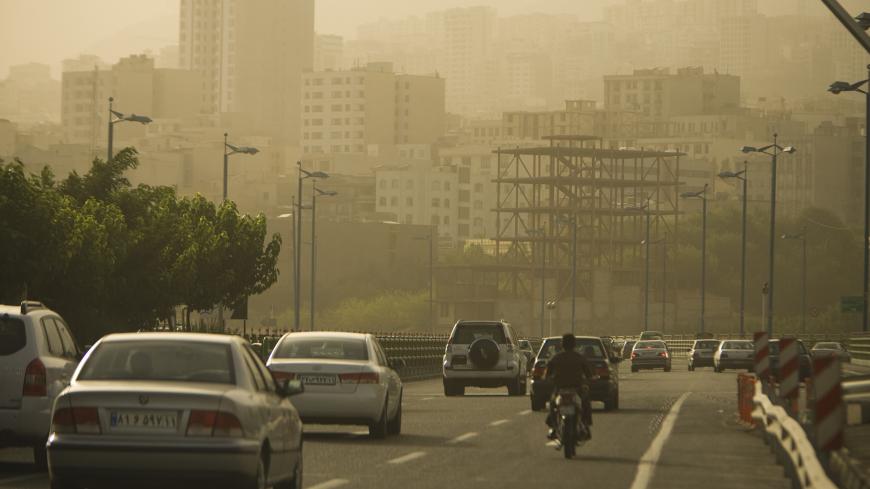Major Iranian urban centers have seen unprecedented air pollution in recent years. According to officials, it is caused primarily by the many cars on the streets, with heavy vehicles including trucks and buses emitting 63% of air-polluting particles. An estimated 350,000 dilapidated heavy vehicles, according to the traffic police, are particularly large producers of pollutants. These vehicles also consume more fuel than newer vehicles. Aging cars, meanwhile, consume 60% to 100% more fuel than new ones, according to Mohammad Mehdi Talaei, a member of the Car Scrapping Crafts Union.
Iran has long sought to rid its streets of these aged vehicles. At least 1,230,000 such vehicles — some have put the number at more than 2 million — were scrapped in the decade ending in the last Iranian year (March 2016-March 2017).



